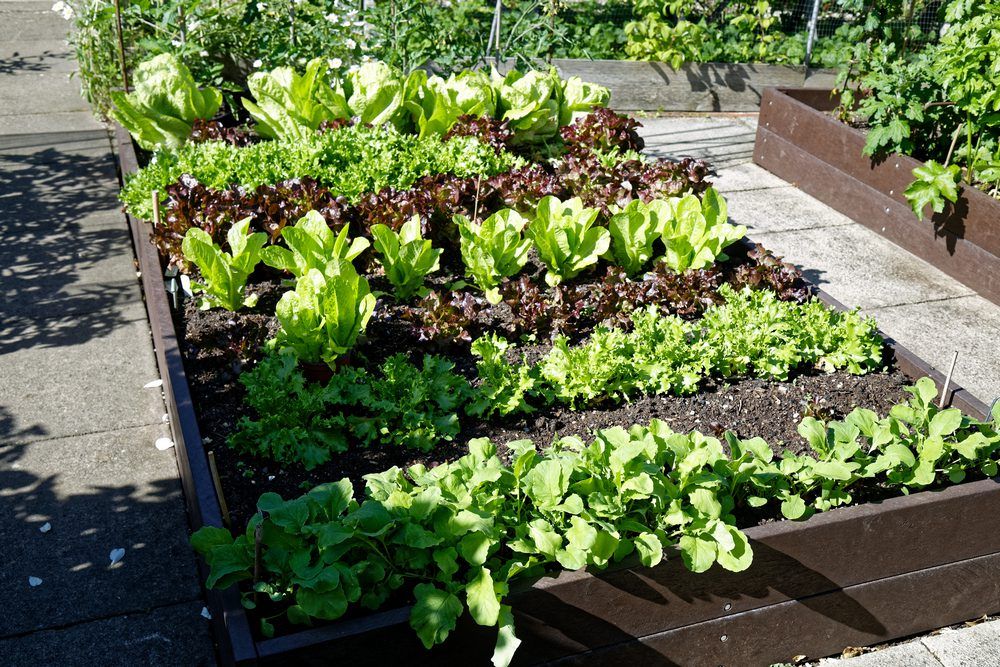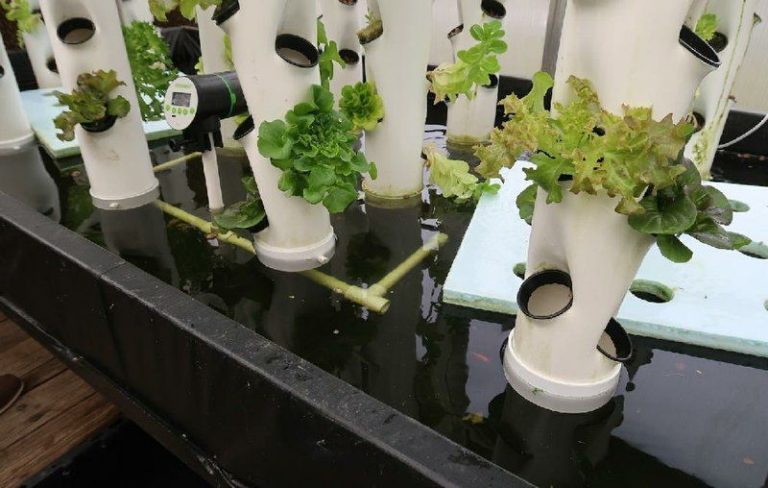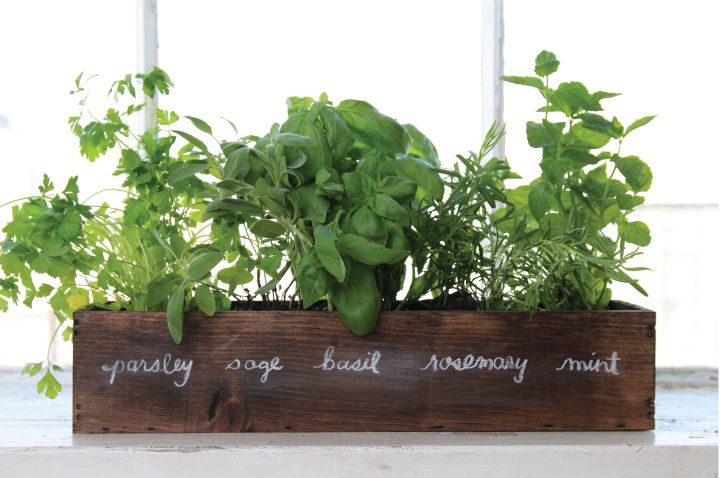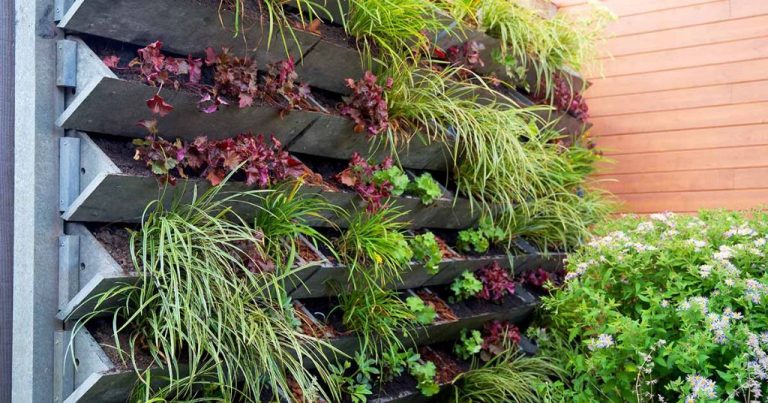Urban Garden Workshops: Community Education For City Growers
Urban gardening has become an increasingly popular movement in cities around the world. Community education workshops play a key role in helping urban residents learn how to start and maintain successful gardens, even with limited space. According to research, the global urban farming market size was valued at USD 139064.22 million in 2022 and is expected to expand at a CAGR of 7.88% during the forecast period (https://finance.yahoo.com/news/urban-farming-market-size-growth-082200659.html). Urban farming has the potential to increase job positions by 4.1% within an eight-year period, and in some developing countries, it supplies up to 90% of the vegetable consumption for city dwellers (https://gitnux.org/urban-farming-statistics/).
With interest growing, community groups, nonprofits, schools, and local governments have started offering urban gardening workshops. These hands-on classes teach city residents with limited outdoor space how to grow fruits, vegetables, and herbs. Workshops cover topics like building raised beds, vertical gardening, companion planting, and maintaining plants in pots. They provide an introduction to urban gardening for beginners, as well as more advanced skills. Many workshops also focus on sustainability, teaching environmentally friendly gardening methods. Attendees gain practical tips and inspiration for starting their own urban gardens, even on patios or balconies.
Benefits of Urban Gardening
Urban gardening provides many benefits for individuals and communities. One key benefit is improved food security. When food is grown locally, it reduces reliance on external food systems and increases access to fresh, nutritious produce (Source). Urban gardens can help provide food to underserved neighborhoods and allow people to have more control over their food sources.
Gardening also has numerous health benefits. The physical activity involved helps reduce risk of chronic illnesses. Eating homegrown fruits and vegetables increases consumption of nutrients and fiber. Studies show urban gardeners have lower body mass index and reduced anxiety and stress (Source).
On an environmental level, urban gardening increases biodiversity, improves soil health, reduces stormwater runoff, and limits transportation emissions by producing food locally. Gardens support pollinators and provide habitat for birds and beneficial insects (Source).
Finally, community gardens encourage interactions between neighbors, build social capital, and can catalyze community organizing and urban greening projects. Shared green spaces promote civic engagement and community building.
Challenges of Urban Gardening
Urban environments present some unique challenges for growing food that rural farming does not face. Some of the main difficulties urban gardeners encounter include space constraints, poor soil quality, pests, and weather.
Limited space is one of the biggest obstacles, as urban areas tend to be densely populated with less room for gardens (https://help.synnefa.io/articles/urban-farming-the-benefits-and-challenges-that-come-with-it). Urban farmers get creative with solutions like vertical gardening, container gardening, and green roofs, but space remains a constraint.
Urban soil is often compacted and lacks nutrients after years of development, or could contain contaminants from previous land use. Gardens may need soil brought in or existing soil remediated to support plants (https://igrownews.com/the-challenges-and-benefits-of-urban-farming/).
Pests like rodents, insects, birds, and weeds can plague urban gardens. The close proximity of gardens to buildings and other city infrastructure can make pests difficult to control.
City weather conditions like heat island effects and air pollution present challenges urban farmers must adapt to that rural growers do not face (https://www.agronomy.org/news/science-news/urban-agriculture-potential-and-challenges-producing-food-cities).
Getting Started

Urban gardening requires some initial planning and preparation before planting. Here are some key steps for getting started:
Assess the space available and sunlight exposure. Most vegetables need at least 6 hours of direct sunlight per day. Determine if the space gets adequate light or if shade cloth or reflective materials may be needed. Check on permit requirements, especially if doing major construction like raised beds. Obtain permits if needed (Urban Gardening For Beginners).
Gather gardening supplies like seeds, tools, hoses, soil, containers, etc. Make sure to get the right materials for the type of gardening planned – raised beds, containers, vertical gardening, etc. Quality soil is crucial, you may need to purchase and bring in good topsoil. Have a plan for water access (EPA Guide).
Start seeds indoors for transplanting later or direct sow certain hardy seeds outside. Follow planting directions carefully. Consider staggered plantings for continued harvests. Make a planting plan and map for the space.
Install safe, secure fencing as needed. Set up systems for composting plant waste onsite. Prepare and mark the planting beds and irrigation system. Get everything set up so you are ready to plant and maintain the garden.
Bed Preparation
Proper bed preparation is crucial for a successful urban garden. Raised beds are ideal for urban gardening as they allow control over the soil quality and drainage.[1] Raised beds can be built easily and inexpensively using materials like wood, bricks or concrete blocks. The beds should be filled with high-quality soil that is rich in organic matter. It’s often best to build the soil from scratch rather than using native soil which may be contaminated in urban environments.[2]
The soil should be loose and friable to allow for good drainage. Adding compost introduces beneficial microorganisms and improves drainage. Other amendments like perlite or vermiculite can also help aerate the soil. Test the soil pH and add lime if needed to bring the pH into the optimal range for vegetable gardening, between 6.0-7.0. With high-quality, well-draining soil in a raised bed, urban gardeners can get their gardens off to the right start.
Plant Selection
When selecting plants for an urban garden, it’s important to choose varieties that are well-suited to the unique growing conditions found in cities (Smith, 2022).
Crops like lettuce, kale, carrots, tomatoes, peppers, bush beans, radishes, and eggplant tend to thrive in urban environments. Focus on compact, fast-growing varieties that can handle partial shade and still produce abundantly in confined spaces (Jones, 2023).
Succession planting can enable continuous harvests from a small area. Try sowing quick-growing salad greens like arugula and baby spinach every 2-3 weeks to ensure a steady supply all season long (Williams, 2023).
Be mindful of microclimates created by surrounding buildings and paved surfaces. South-facing walls or chain link fences can provide extra warmth for heat-loving vegetables like tomatoes and peppers. Meanwhile, shaded nooks on the north side of a building can shelter more delicate greens and herbs (Brown, 2022).
When designing your urban edible garden, choose the right plants for the right places to maximize your harvest (Taylor, 2022). With some planning, even the smallest patio or fire escape can produce a bountiful crop of fresh fruits and veggies.
Maintenance
Once your urban garden is established, you’ll need to maintain it properly in order to keep it thriving. Proper maintenance includes tasks like watering, fertilizing, managing pests, and harvesting your crops.
When it comes to watering your urban garden, it’s important to water deeply and infrequently. Watering too frequently can lead to shallow roots, so aim to water your plants 1-2 inches per week, either through rainfall or manual watering. The best time to water is early in the morning. You may need to adjust your watering schedule based on weather, plant types, and soil drainage.
Fertilizing will replenish nutrients that plants take from the soil. Organic fertilizers like compost, worm castings, or plant teas are great options for urban gardens. Apply fertilizer according to package instructions in the spring and mid-summer. Over-fertilizing can damage plants, so start with less and increase slowly as needed.
Pest management is crucial for preventing damage to your crops. Start by practicing prevention – keep plants healthy, remove debris/weeds, use row covers, and companion plant. If pests still appear, try low-impact solutions first like horticultural soaps, neem oil, or diatomaceous earth. As a last resort, you can use organic insecticides sparingly. Always identify the pest before treating.
Make sure to harvest crops regularly when they reach maturity. Harvesting stimulates production and prevents rotting. Use clippers or scissors for clean cuts. Store harvested produce properly in cool, dry areas. Compost any plant debris or leftover crops.
For more tips, see this sustainability guide from Dummies.com.
Winter Gardening
Many gardeners think their gardening season ends when winter arrives, but there are plenty of ways to continue growing food through the cold months. With some planning and preparation, urban gardeners can extend their growing season and enjoy fresh produce year-round.
One way to protect plants from freezing temperatures is to use cold frames. These structures resemble small greenhouses and provide a protective layer of insulation and warmth around plants. Cold frames allow gardeners to grow cold hardy plants like spinach, lettuce, carrots and radishes during the winter. They can be purchased pre-made or built by hand using materials like wood, PVC piping and clear plastic sheeting.1
Similar to cold frames, hoop houses are temporary structures made of PVC piping and plastic sheeting that help extend the growing season. Hoop houses are slightly larger than cold frames and can accommodate bigger plants like broccoli and cabbage during winter. Ventilation is important to prevent overheating on sunny days. 2
Cover crops like clover and rye can be planted in empty garden beds over winter. Their roots stabilize soil, prevent erosion and add valuable organic matter when tilled under in spring. Certain vegetables like carrots and beets can be stored in root cellars over winter and remain fresh for months when kept cool and humid.
With some creativity and preparation, urban gardeners can find many ways to keep their gardens productive and bountiful all winter long.
Community Building
Urban gardens provide an opportunity to build community through various events and programs. Many gardens host community events like potlucks, plant swaps, composting workshops, and canning classes (New York State Department of Agriculture). These events bring gardeners together to share knowledge, food, and fellowship. According to the New York State Department of Agriculture, community gardening provides opportunities for intergenerational and cross-cultural connections.
Some urban gardens offer mentoring programs, matching experienced gardeners with novices. The mentors provide hands-on guidance and advice to new gardeners as they start growing their own food. This helps pass on horticultural knowledge and best practices. Denver Urban Gardens, for example, runs a mentorship program that pairs garden leaders with new garden managers (Denver Urban Gardens).
Partnerships with local schools, food banks, restaurants, and other organizations are another way urban gardens engage with and serve the surrounding community. Gardens may donate fresh produce or offer gardening therapy for special needs groups. Building connections between the garden and community at large increases the benefits for all.
Conclusion
Urban gardening provides many benefits for city dwellers, from access to fresh produce to community building. However, there are unique challenges like limited space, soil quality, pests, and climate considerations. Careful planning and preparation are key to creating a successful urban garden.
Focus first on preparing your beds, selecting appropriate plants, and maintaining your garden. Consider extending your growing season by using cold frames or hoop houses. Get to know fellow urban gardeners in your area to share knowledge and build community.
With some patience and persistence, you can grow thriving plants, connect with nature, and bring neighborhoods together right in your own backyard. The tips in this guide aim to help you overcome obstacles and find joy in urban gardening. Start small, learn as you grow, and soon you’ll be reaping the many rewards.
For more information and support, check out upcoming urban gardening workshops through your local community center or botanical garden.






